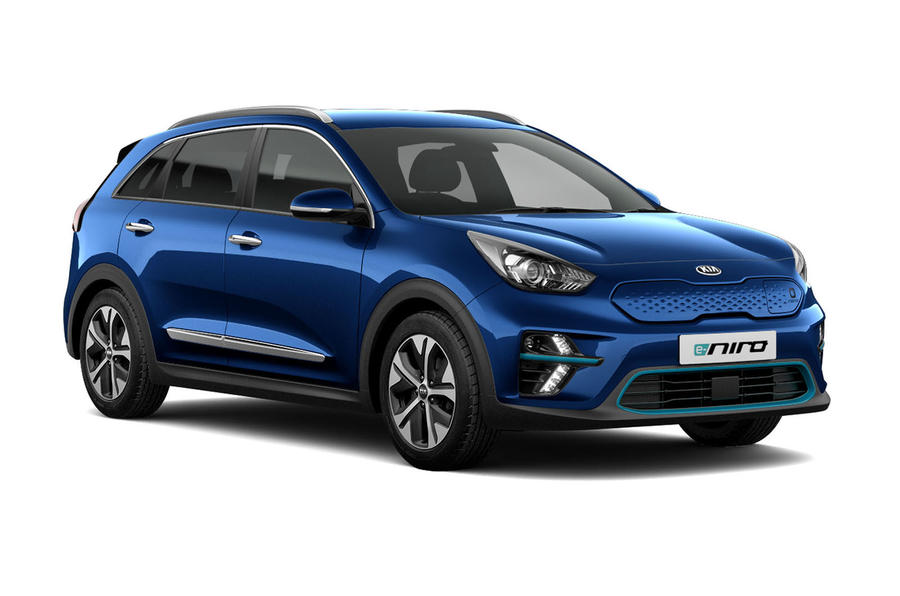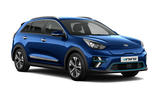Kia has expanded the UK line-up of the Kia e-Niro electric SUV with two new models, including a sub-£30,000 entry-level variant with a smaller battery that offers a range of up to 180 miles and a sub-£30,000 price tag.
The Korean firm’s popular EV has previously been offered in a single spec in the UK, featuring a 64kWh battery and 201bhp electric motor. The expanded three-model line-up comprises variants branded 2, 3 and 4+. The new top-spec 4+ model features a new three-page 11kW AC charger, allowing for faster home charging.
The new entry-level e-Niro 2 is fitted with a 39kWh battery, which is used to power a 134bhp, 291lb ft electric motor. Kia claims a 0-60mph time of 9.5sec, a top speed of 96mph and an official range of 180 miles. This rises to 251 miles on the lower-speed WLTP City cycle.
The 7.2kW AC charger can recharge the e-Niro 2’s 39kWh battery from empty in 6hrs 10mins, with a 0-80% charge taking 57 minutes on a 100kW DC rapid-charger.

The e-Niro 2 is offered with 17in alloy wheels, a 7.0in digital instrument cluster and an 8.0in infotainment touchscreen featuring Apple CarPlay and Android Auto. Driver assistance systems including automatic lights, adaptive cruise control and forward collision avoidance are also included. The e-Niro 2 costs £29,595 after the UK government’s £3000 plug-in car grant.
The e-Niro 3 and e-Niro 4+ both use the 64kWh battery pack and 201bhp, 291lb ft electric motor, which offers an official range of 282 miles.
The e-Niro 3, which effectively matches the spec of existing e-Niro, features a 10.25in touchscreen and adds heated front seats and a wireless smartphone charger, among other kit. It continues with the 7.2kW AC charger, which can complete a full battery charge in 9hrs 35mins. It costs £33,850 after the plug-in car grant, which marks a £1000 increase on the 2019 model.

























Join the debate
Add your comment
What is often not taken into
What is often not taken into account is that the smaller battery model should be lighter if they are te same density, so if you are only doing short journeys and using your own electricity most of the time as well as using less energy it will be cheaper to run.
Maturity of choice
The smaller battery model choice is not a question of right or wrong. For some its ideal, or others not. What it does show is that the BEV market is maturing nicely by offering choices, in range and power and trim. Just like ICE offers options.
Under £30k, I was expecting